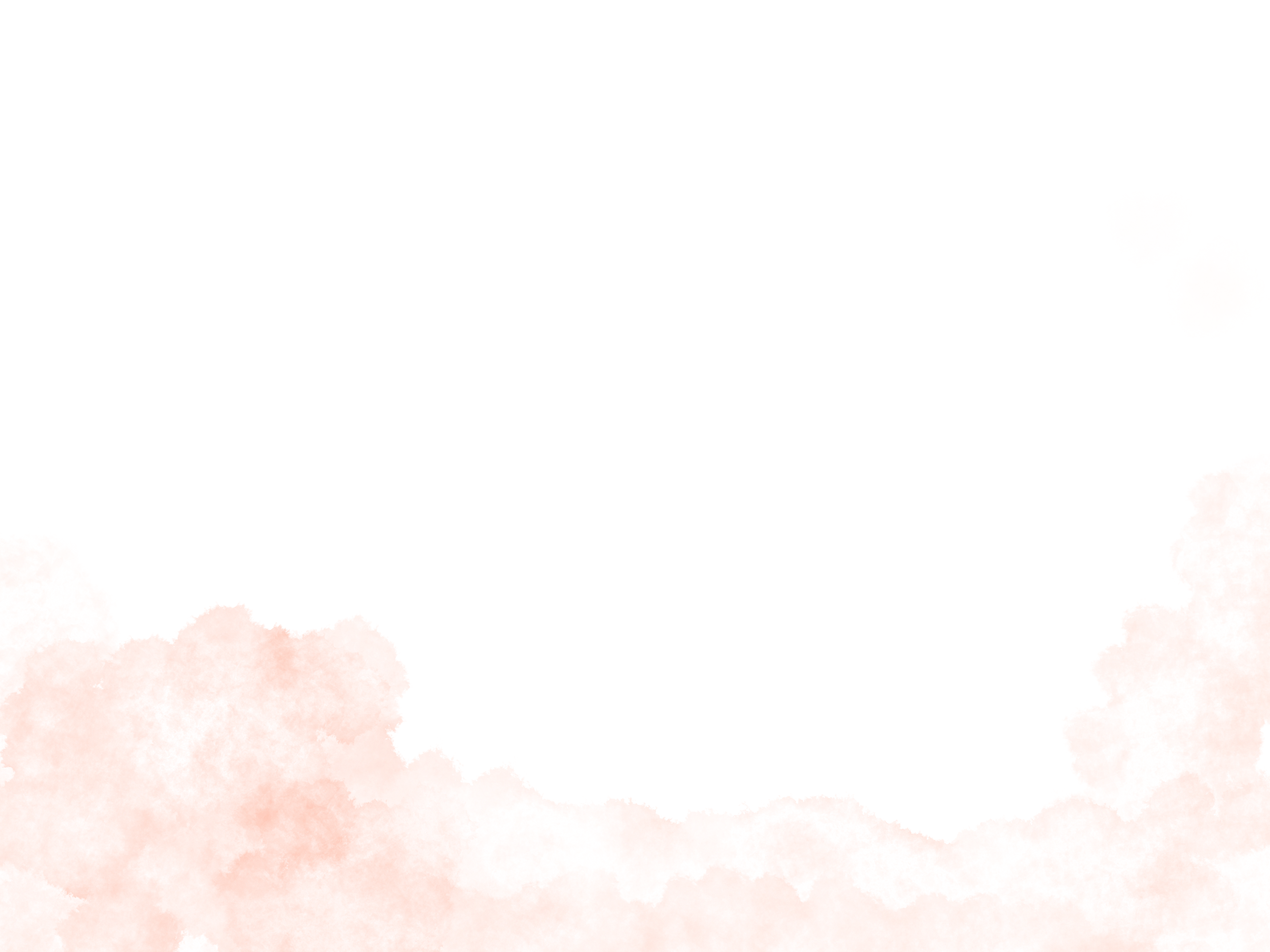



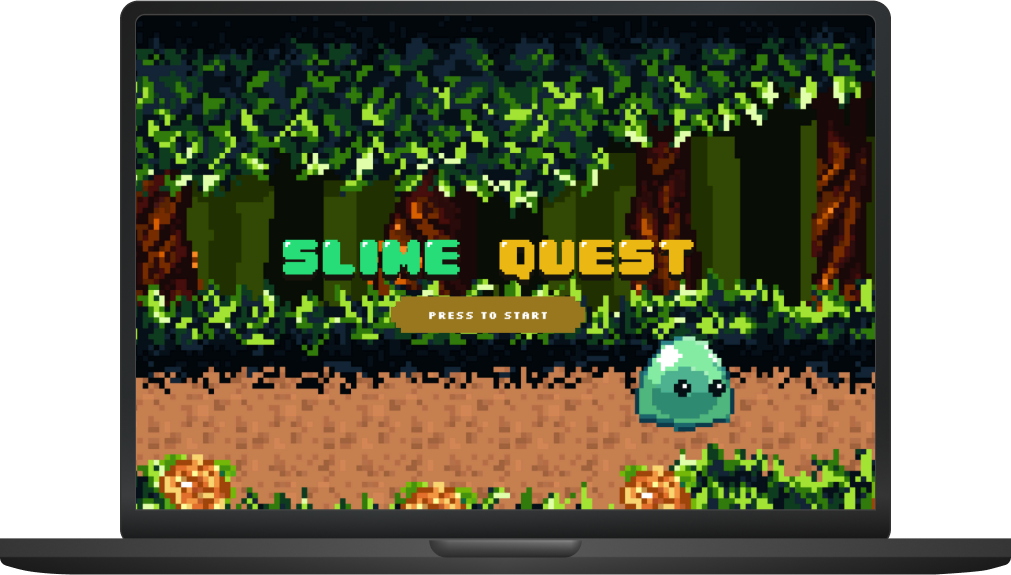
Team-Based Academic Project
Role:
Tools:
Link:
Game Designer and Programmer
Unity - C# and Figma
Date:
Fall 2022
https://aclee5.github.io/ArgonChaliceRedesign/This 2D game was created for a university course on the Foundations of Game Design. The objective was to create a narrative based digital game that would display key elements of game design including narrative structures, rewards systems and level design. The project spanned a period of four weeks, and was created by a team of four including myself. The main roles of each team member were as follows: Erin – level designer, Alexis – programmer, Alyssa – visual artist, and myself – game designer.
Our initial ideation began within Figma's extension FigJam where we brainstormed various potential narratives that could work for our game. This allowed us to generate many different possibilities that we were then able to narrow down and select from to move forward with. From here we were able to plot out the narrative structure, dialogue and pathing of the game as seen in Figure 1.
Figure 1: Screenshot of initial narrative brainstorming
From this planning my team and I were able to create an initial prototype of the game, on which we conducted several playtests. This allowed us to see pain points in the design and potential areas that would need re-working, which led us back to brainstorming as the initial version pathing was not working as intended. Figure 2 shows the result of our brainstorm where we mapped out a new pathing for the game world.
Figure 2: Brainstorming pathing of game levels/rooms
Figure 3: Planning layout of cave level room
Our next step involved the planning and design of the various levels and minigames we wanted within the game. Figure 3 shows the first mock-up of a layout for one of the levels I worked on. This allowed me to plan out how the player would move and progress through this level as well as potential placements of game items. Within this level, a player would have to stand on coloured tiles in the correct order to progress them through a puzzle.
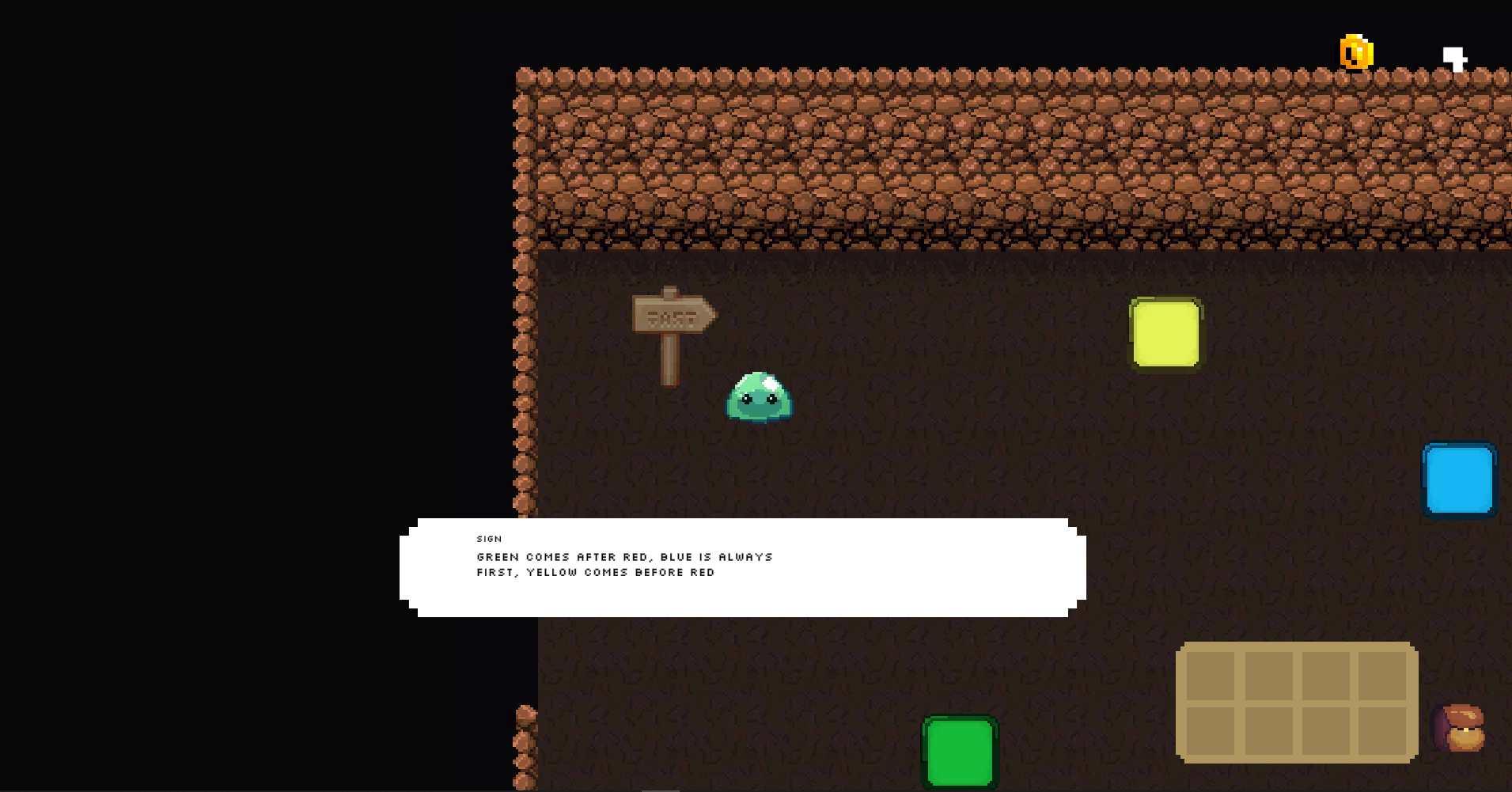
Figure 4: Screenshot of a cave level in SlimeQuest
Figure 4 illustrates how the cave level room appeared within the final version of our video game. In the creation of this level, I first placed simple coloured squares within the software unity as placeholders for the tiles seen in figure 4 to first focus on coding the specific logic and flow of this room. After this logic was completed, we could adjust the assets into the finalized visual assets we created.
Some of the other specific sections I worked on within the game include several of the other levels programmed logic such as the riddle level (shown in figure 5), the maze level, inventory logic and ingredients pickup, sound effects and finally some narrative/dialogue.
One of the most challenging pieces I worked on throughout this project was the logic within the cave level that is shown within figure 4. Figure 6 shows a screenshot of some of the code I used to implement the logic for this level. I found it particularly challenging to find an efficient method to identify and compare the tiles that the player stepped on to the "correct order" of tiles to match the required sequence. Stepping back and discussing my logic for this level with other team members helped me reflect and consider new ways of approaching the problem. In the end through this and much research, I chose to create two arrays and iterate through them as the solution to this logic problem. Overall through this project I was able to develop skills within the game-engine software unity, using the programming language C#, and the fundamentals of game design, and game narrative.
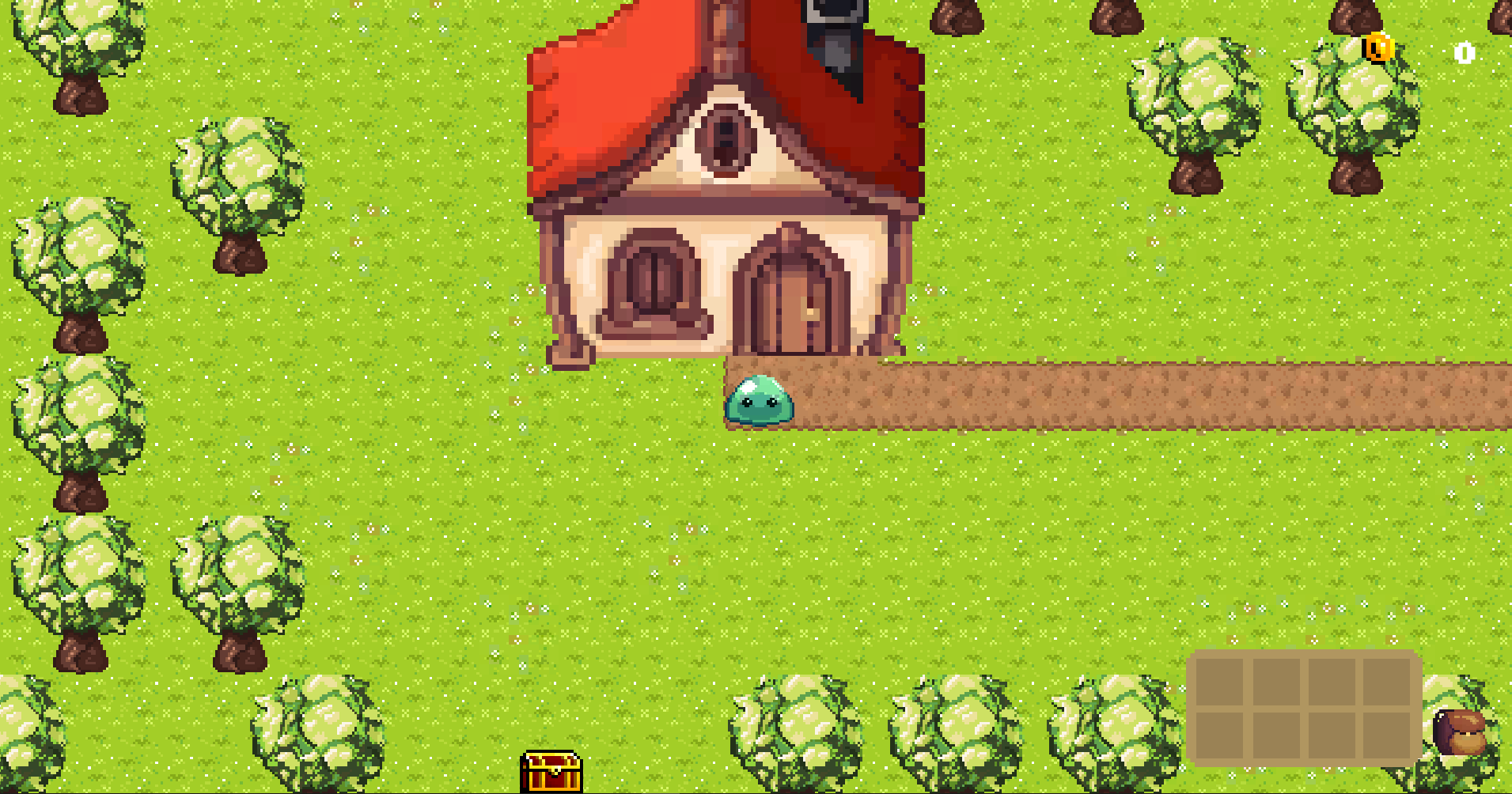
Figure 5: Screenshot of riddle level in SlimeQuest
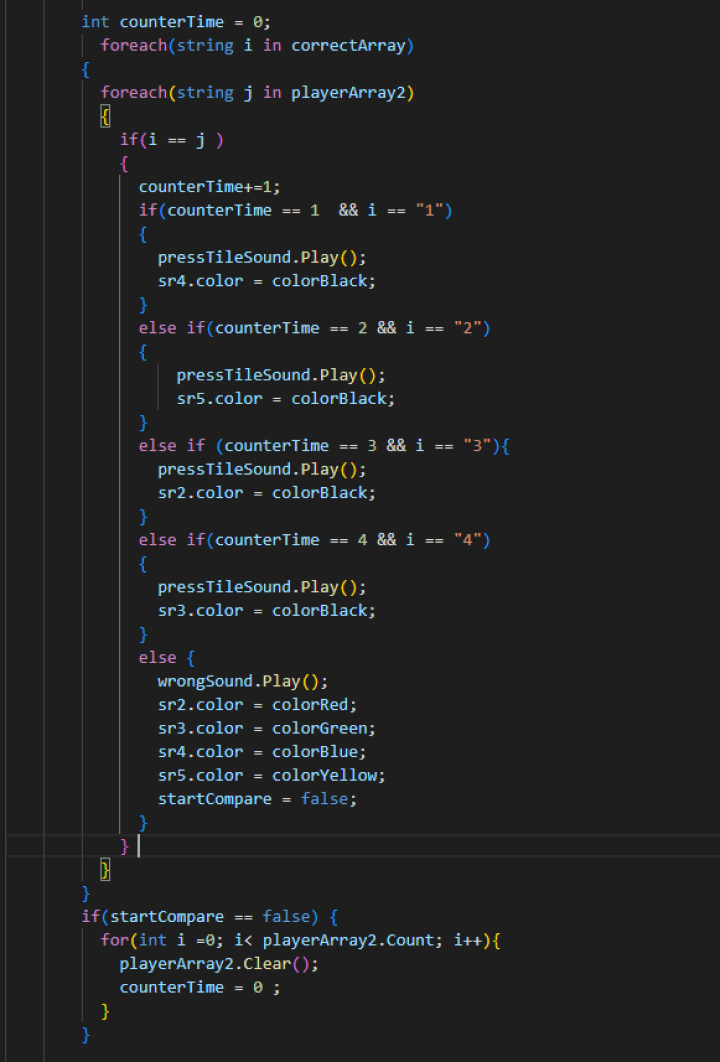
Figure 6: Screenshot of riddle level in SlimeQuest